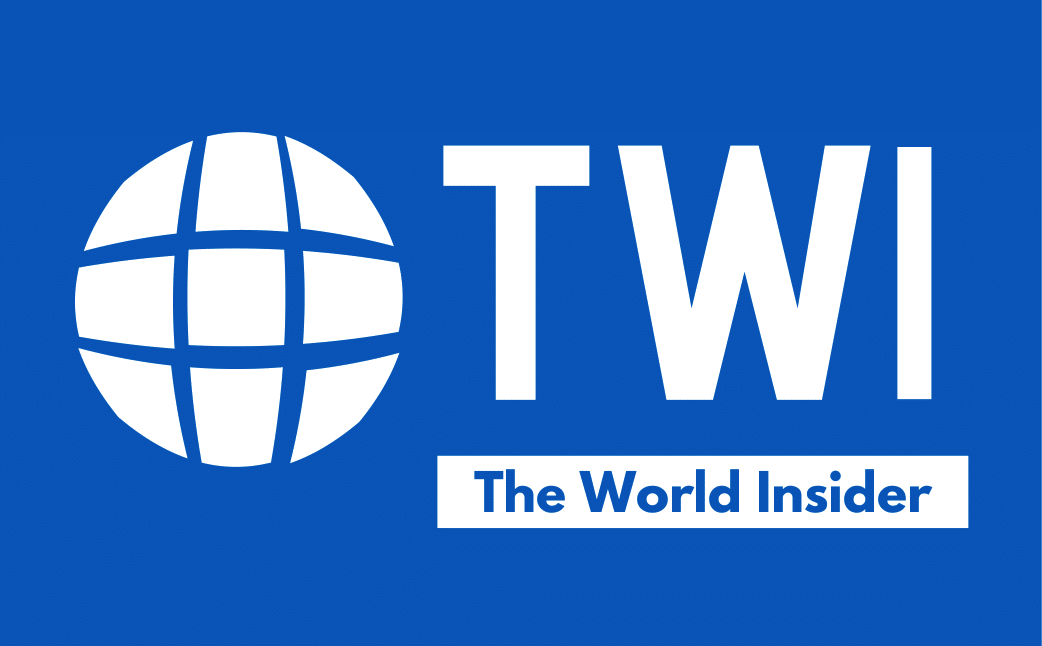After several weeks of tense negotiations, U.S. President Joe Biden and House Speaker Kevin McCarthy have reached an agreement in principle to raise the debt ceiling and cap spending.
The agreement would increase the debt limit for two years, raising the borrowing limit and moving the country one step back from the brink of a historic default.
“After weeks of negotiations, we have come to an agreement in principle. We still have a lot of work to do but I believe this is an agreement in principle that is worthy of the American people,” McCarthy said.
“The agreement protects my and congressional Democrats’ key priorities and legislative accomplishments,” Biden said in a statement. “The agreement represents a compromise, which means not everyone gets what they want. That’s the responsibility of governing.”
Biden called it an important step forward and said the agreement is “good news for the American people, because it prevents what could have been a catastrophic default and would have led to an economic recession, retirement accounts devastated, and millions of jobs lost.”
Now both leaders face the tall task of convincing a coalition of Republicans and Democrats in the House and the Senate to back it. The deal must get passed before June 5 – when the United States could run out of cash to pay its bills, according to Treasury Secretary Janet Yellen.
What’s in the debt ceiling deal?
This is what’s in and out of the deal, based on what’s known so far:
- The deal would suspend the $31.4 trillion debt ceiling until January 2025, allowing the U.S. government to pay its bills.
- The deal would essentially freeze federal spending that had been on track to grow, excluding military and veterans programs, and impose some new work requirements on federal food assistance programs. The U.S. government will spend $936 billion on non-defense discretionary spending in 2023.
- Spending: Non-defense discretionary spending would be kept roughly flat in 2024, with a 1% increase in 2025.
- Defense: The plan includes $885 billion in line with Biden’s 2024 budget proposal, an 11% increase from the $800 billion allocated in the current budget. Veterans Affairs spending also would be increased.
- Welfare work requirements: New work requirements on low-income people for Supplemental Nutrition Assistance Program (SNAP) recipients under age 54 until 2030. No changes were made to Medicaid.
- COVID-19 aid: The deal would rescind unused funds from the COVID-19 relief package. The estimated amount of unused funds is between $50 billion and $70 billion.
- Student loan repayments: The deal would require borrowers to pay back their student loans again. However, the deal would likely maintain Biden’s plan to provide up to $20,000 in debt relief for qualifying borrowers.
- IRS funding: House Republicans have been determined to cancel the roughly $80 billion in IRS funding contained in the Inflation Reduction Act.
- Energy: The deal speeds up approval for new energy projects.




